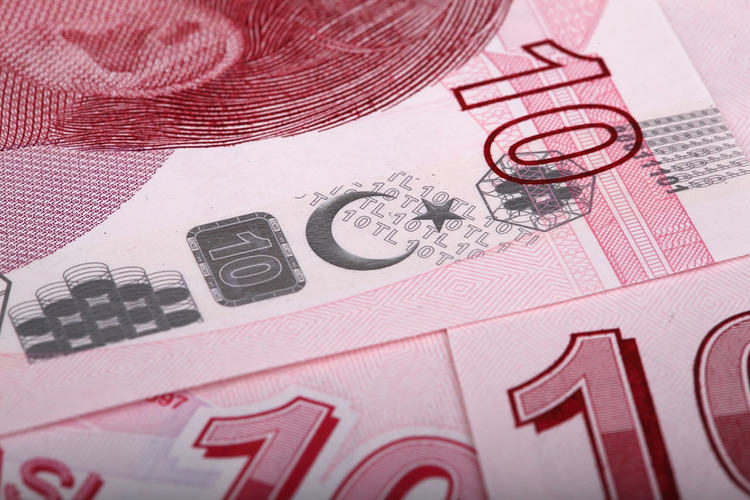One currency economists at Capital Economics expect to fare particularly poorly is the Turkish lira. They anticipate that the central bank will begin an easing cycle in the next few months. Subsequently, the lira is expected to weaken by over 10% by end-2021. And given its already fragile external balance sheet, the risk of another balance of payment crisis in Turkey is growing.
“With inflation close to a peak and pressure from President Erdogan for looser monetary policy, we expect the one-week repo rate to be cut by 500bp, to 14.00%, by year-end.”
“The rise in Turkey’s risk premia since the sacking probably has further to run which, combined with growing concerns about the inflation outlook, will keep the lira under pressure – our forecast is for the currency to weaken from 8.30/$ now to 9.50/$ by end-2021 and to 10.50/$ by end-2022. Sharp falls in the lira and high inflation will probably force the central bank to reverse course and tighten monetary policy next year.”
“The government may provide a bit more fiscal support and there will be pressure on state banks to ramp up lending, as happened last year. Overall, though, the recovery will struggle to make headway. Our forecasts are for GDP growth of 4.8% this year and 3.3-3.8% in 2022-23.”
“The risks are firmly skewed to the downside. Turkey’s external position is dire and a fresh shock could place the lira under significant pressure. Low FX reserves leave little ammunition. To skirt around President Erdogan, rates could be raised via the backdoor but that would do little to restore investors’ faith. Capital controls and import restrictions would be the next port of call.”





